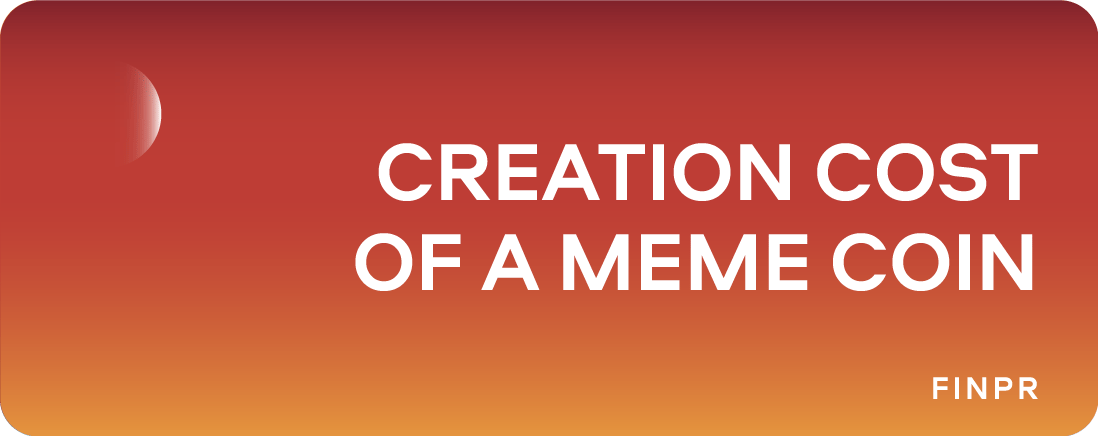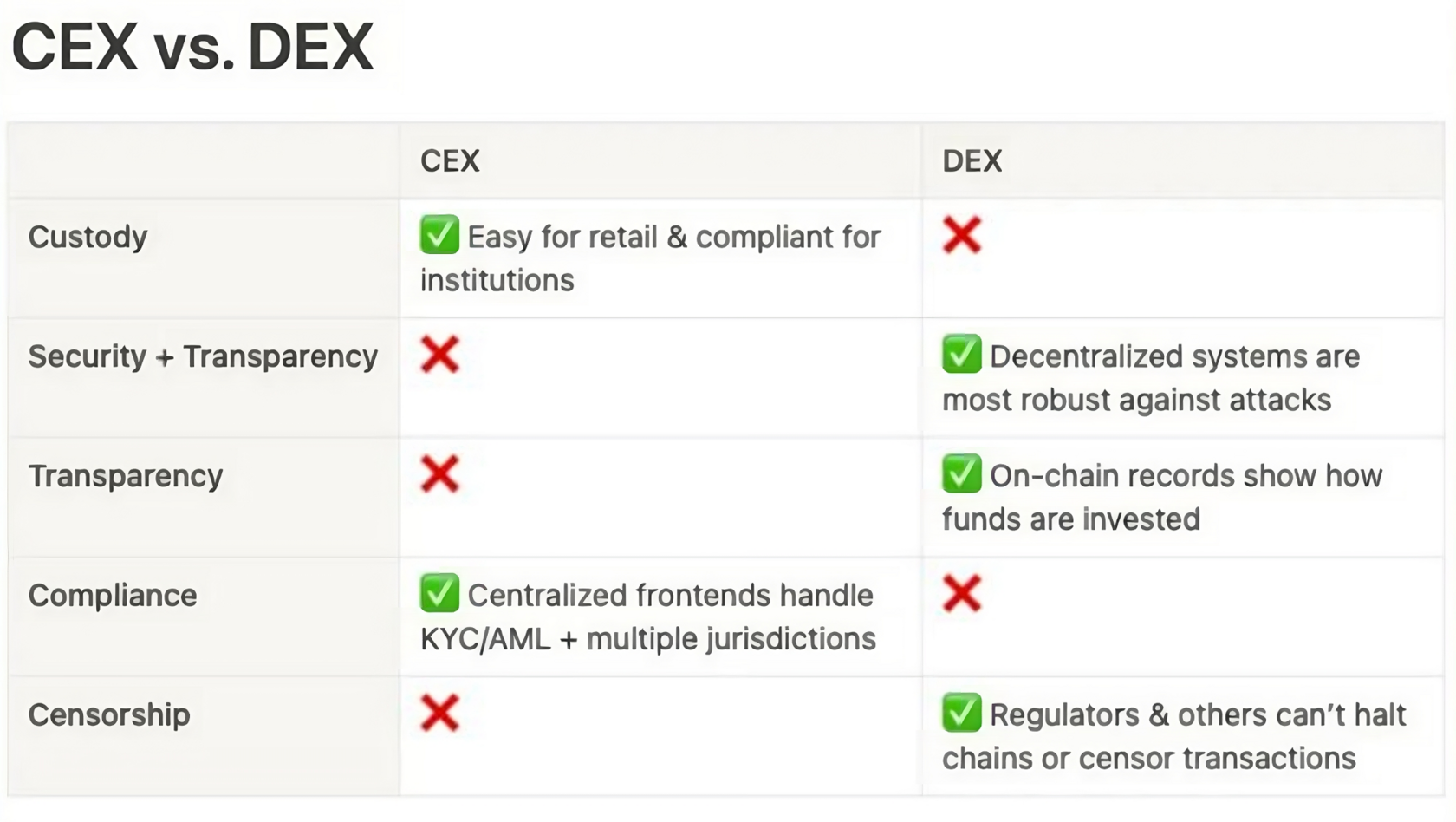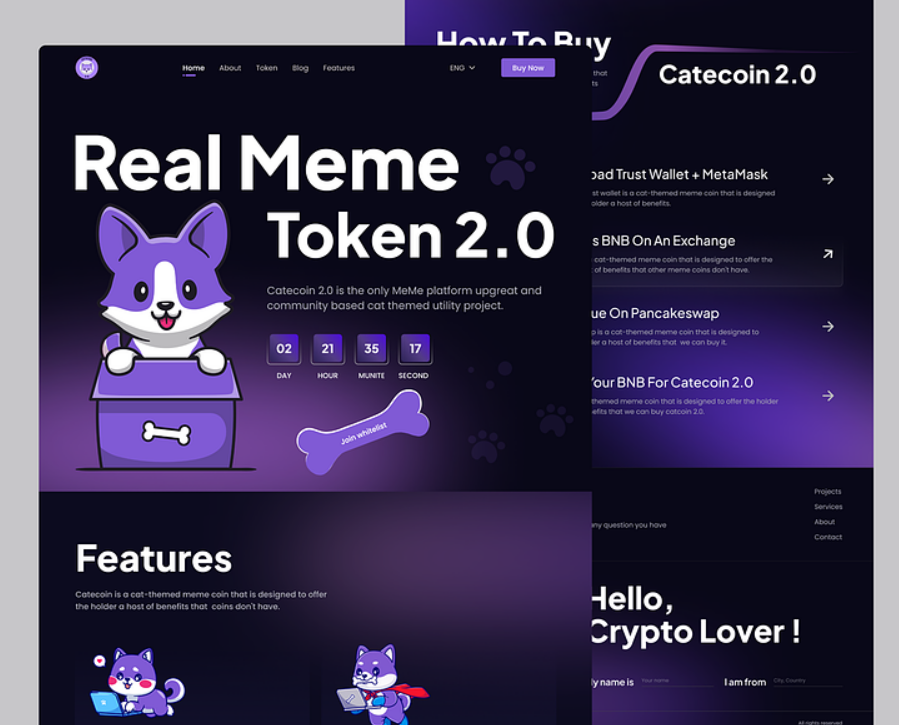
Explore the world of meme coins - the quirky, viral cryptocurrencies shaking up the market. These coins blend pop culture and internet humor to attract a dedicated following and billions in market capitalization.
But what does it take to create one? Contrary to popular belief, it's not just about memes. It involves strategic planning, technical expertise, and marketing finesse, each with its own costs. This article breaks down the financial and resource commitments needed to launch a meme coin, offering a roadmap for both seasoned developers and newcomers.
Technical Aspects of Meme Coin Creation
Creating a meme coin involves several technical decisions, one of the most critical being the choice of a blockchain platform. The blockchain not only affects the coin’s performance and security but also plays a significant role in the overall cost of development and maintenance.
Choosing a Blockchain Platform
Below, we delve into the comparison of three popular platforms: Ethereum, Binance Smart Chain (BSC), and Solana.
Ethereum
Pros:
- Widespread Adoption: Ethereum is the most established platform for token creation, especially for ERC-20 tokens. Its vast network effect means more potential wallet and exchange integrations.
- Robust Developer Tools and Community: A large community of developers and comprehensive development tools facilitate easier and more secure smart contract coding, which can reduce development time and costs in the long run.
- Decentralization and Security: High levels of security and decentralization, which can be pivotal in gaining user trust and thus potentially boosting the coin’s value.
Cons:
- High Gas Fees: Ethereum’s major drawback is its high transaction fees, especially during network congestion. This can be a barrier to entry for creating and trading small-value tokens due to higher operational costs.
- Scalability Issues: Current scalability limitations might lead to delayed transactions, affecting the usability of the meme coin.
Binance Smart Chain (BSC)
Pros:
- Lower Transaction Costs: BSC offers significantly lower transaction fees than Ethereum, which can be particularly advantageous for a meme coin involving frequent small transactions.
- High Throughput: BSC’s ability to process transactions faster than Ethereum can provide a better user experience in terms of transaction speed.
- Smart Contract Compatibility: BSC is compatible with Ethereum’s assets and smart contracts, which allows developers to migrate from Ethereum without significant changes to the codebase.
Cons:
- Centralization Concerns: BSC is not as decentralized as Ethereum, which might deter some users who prioritize decentralization in the crypto space.
- Security Trade-offs: The increased speed and efficiency come at the cost of potentially reduced security compared to more decentralized platforms, posing increased risks of hacks and exploits.
Solana
Pros:
- Lowest Fees: Solana boasts the lowest transaction costs among the three, which can significantly reduce the overhead costs associated with trading and transacting the meme coin.
- Exceptional Speed: With a capability to handle thousands of transactions per second, Solana offers an optimal infrastructure for high-volume, low-cost transactions, ideal for meme coins.
- Growing Ecosystem: Although newer, Solana’s ecosystem is rapidly growing, which might promise greater adoption and integration options in the near future.
Cons:
- Less Mature: As a newer platform, Solana has a smaller developer community and fewer tools compared to Ethereum, which might pose challenges in finding experienced developers and support.
- Network Stability Issues: Solana has experienced occasional network stability issues, which could undermine trust in the stability of a meme coin launched on this platform.
The choice of a blockchain platform can significantly impact both the initial and ongoing costs associated with a meme coin. Ethereum, while offering unparalleled security and decentralization, may entail higher costs due to its gas fees and scalability issues. Binance Smart Chain presents a middle ground with lower fees and reasonable speed but at the cost of higher centralization. Solana appears most cost-effective concerning transaction fees and speed but requires careful consideration of its maturity and network stability.
Expected Fees for Listing on Various Exchanges
Getting a meme coin listed on both centralized and decentralized exchanges is crucial for its liquidity and accessibility. Here are the expected fees and considerations for various types of exchanges:
Centralized Exchanges (CEX)
Major Exchanges (e.g., Binance, Coinbase):
- Listing Fees: Can range from $10,000 to $1,000,000, heavily dependent on the exchange's prestige and expected trading volume.
- Legal and Compliance Costs: Additional costs for compliance with the exchange’s regulatory requirements can range from $20,000 to over $100,000.
Smaller Exchanges:
- Listing Fees: Generally lower, ranging from $1,000 to $50,000.
- Advantages: Easier listing process and potentially lower compliance costs.
Decentralized Exchanges (DEX)
Platforms like Uniswap, Sushiswap:
- Listing Fees: Typically negligible as DEXs allow for permissionless listing through liquidity pool creation.
- Liquidity Requirements: Costs associated with providing enough liquidity to facilitate trading, which can require significant capital (often tens of thousands of dollars).

Moreover, hiring market makers to ensure liquidity can cost from $10,000 to over $100,000 depending on the market conditions and the coin’s volatility.
Alternatively, setting aside a portion of the coin supply for liquidity provision, which ties up capital but can be more cost-efficient in the long run.
Smart Contract Development
Developing a smart contract is a pivotal element in the creation of a meme coin. Smart contracts govern the transactions, distributions, and overall operational rules of the coin. These can be crafted from scratch by hiring developers or by modifying existing templates. Each approach has its own set of costs and considerations.
Hiring Developers
If you are not a developer, hiring someone to write a smart contract can cost between $500 and $15,000.
Pros:
- Customization: Hiring experienced developers allows for the creation of a custom smart contract that perfectly fits the specific requirements and features desired in the meme coin.
- Innovative Features: Professional developers can implement complex and innovative features that can set the meme coin apart from others in the market.
- Ongoing Support: Developers can provide essential ongoing maintenance and updates, which are crucial as the Ethereum landscape evolves and as potential security issues arise.
Cons:
- Higher Initial Cost: The cost of hiring skilled developers is considerably higher than using pre-existing templates. Developer fees can vary widely but are significant, especially for well-vetted professionals.
- Time-Consuming: The process of developing a custom smart contract is often time-consuming, requiring thorough testing and revisions which add to the timeline and cost.
Using Existing Templates
Some platforms offer token creation tools that simplify the process - these can range from free to a few hundred dollars.
Pros:
- Cost-Effective: Templates can significantly reduce the upfront costs associated with smart contract development. Many templates are available for free or at a low cost.
- Faster Deployment: Using a template allows for a quicker launch as the basic structure of the smart contract is already built and only needs minor adjustments.
- Proven Security: Well-used templates have been tested across multiple projects, potentially reducing the risk of undiscovered bugs.
Cons:
- Limited Customization: Templates offer limited flexibility for customization. While they provide a strong foundation, unique features specific to your coin might not be implementable.
- Potential Security Risks: Relying on a template without proper audits can lead to vulnerabilities if the template has inherent flaws not previously identified.
Programming Costs
Custom Development. The cost of custom smart contract development can range from $5,000 to $100,000 or more, depending on the complexity of the contract and the developers' expertise.
Template Modification. Modifying an existing template typically costs less, ranging from $1,000 to $10,000, based on the extent of the modifications and testing required.
Deployment Costs
Gas Fees. Deploying a smart contract requires paying gas fees, which can vary based on the blockchain platform chosen. For instance, Ethereum's gas fees can range from a few hundred dollars to thousands during peak congestion times.
Test Deployments. Before the final deployment, multiple test deployments are usually conducted, which also require gas fees but can use testnet tokens that are generally free but require setup time.
Maintenance and Update Costs
Ongoing Development. Smart contracts might need updates for optimization or to address potential security flaws discovered post-launch. This can involve recurring costs similar to or smaller than initial development costs depending on the nature of the updates.
Audits. Security audits are critical and can cost between $5,000 to $50,000. They are essential for ensuring that the smart contract does not have vulnerabilities that could be exploited once live.
The decision between hiring developers for a custom smart contract or using an existing template hinges on the specific needs, budget, and timeline of the meme coin project. While custom development offers distinctiveness and flexibility, templates can be a more economical and quicker path.
Marketing and Community Building
The success of a meme coin heavily relies on effective marketing and the strength of its community. These aspects not only help in creating initial buzz but also sustain long-term engagement and trust.
Developing an Attractive Logo and Coin Design
Professional branding services can range from $500 to $5,000 depending on the designer’s reputation and the complexity of the design. A distinctive and memorable logo can significantly boost recognition and adoption among potential users and investors.
Effective Social Media Presence
Managing social media accounts typically involves either hiring a full-time social media manager (average salary $50,000/year) or outsourcing to agencies (ranging from $1,000 to $10,000/month).
Paid advertising campaigns on platforms like Facebook, Twitter, and Instagram can vary widely, typically costing between $500 to $20,000 per campaign based on scope and reach.

A basic project website can cost from $100 to $3,000.
Platforms for Building Community
Reddit, Twitter, Discord, and Telegram. These platforms are essential for viral marketing and require constant monitoring and content creation, which can be managed within the social media budget.
Setup is generally low-cost, but hiring community managers to maintain engagement can cost from $30,000 to $70,000 per year.
Costs Involved in Managing Community Engagement and Growth
- Community Events and Giveaways: Costs can range from $1,000 to $10,000 per event, including logistics, prizes, and promotions.
- Influencer Partnerships: Partnering with influencers can cost from $2,000 to over $100,000 per campaign depending on the influencer's reach and the campaign's duration (or it can cost $300-400 per publication). Choosing influencers who resonate with the meme coin's ethos and have a substantial following in the crypto community.
- Google Ads and Social Media Ads: Comprehensive campaigns might need a budget from $3,000 to over $50,000, depending on target demographics and desired impact.
- Content Marketing: The creation of engaging blogs, videos, and other content forms can cost between $500 to $5,000 per piece when outsourced to professionals.
Wrap Up
Creating a meme coin can vary significantly in cost depending on several factors such as the complexity of the project, development resources, marketing budget, and more. It can be as low as a few hundred dollars if leveraging free tools and minimal marketing, and up to several hundred thousand dollars for a fully featured launch including extensive legal advice, premium exchange listings, and significant marketing campaigns.
Most importantly, the success of a meme coin often hinges more on community engagement and market reception than just technical development.




